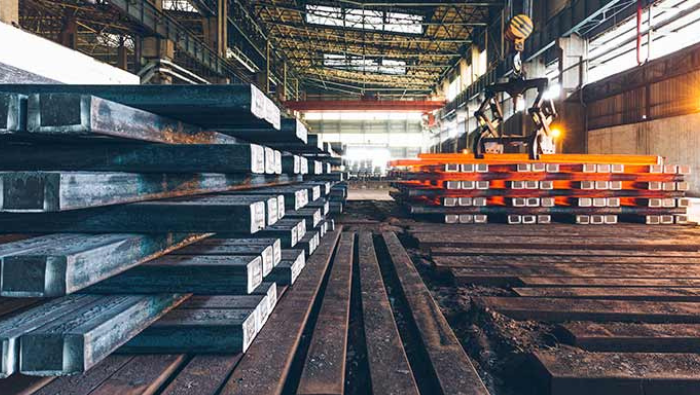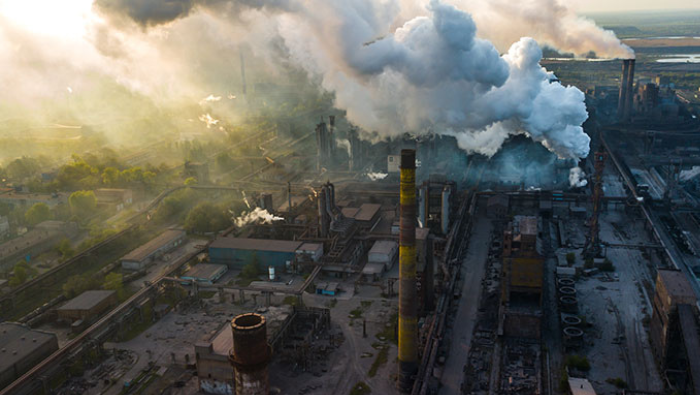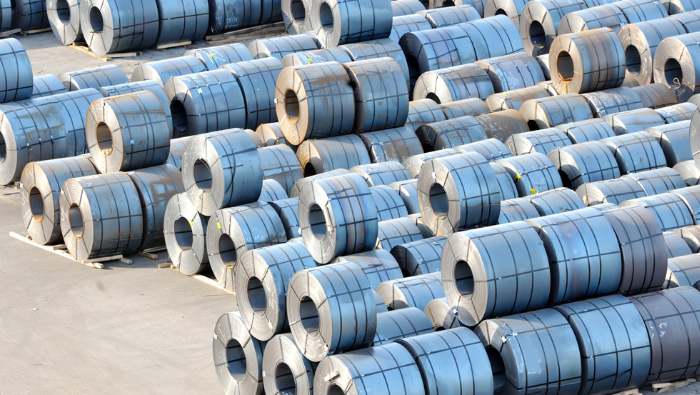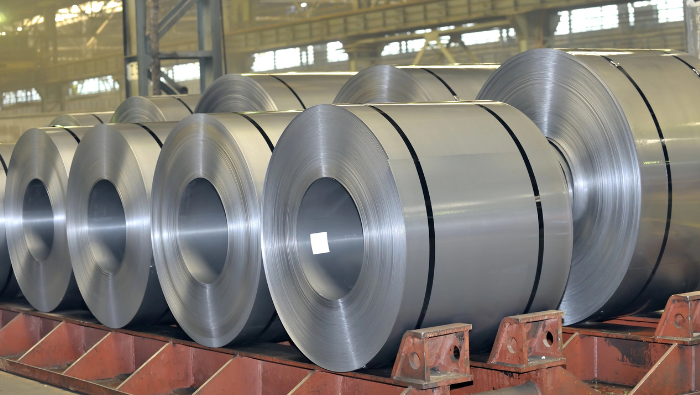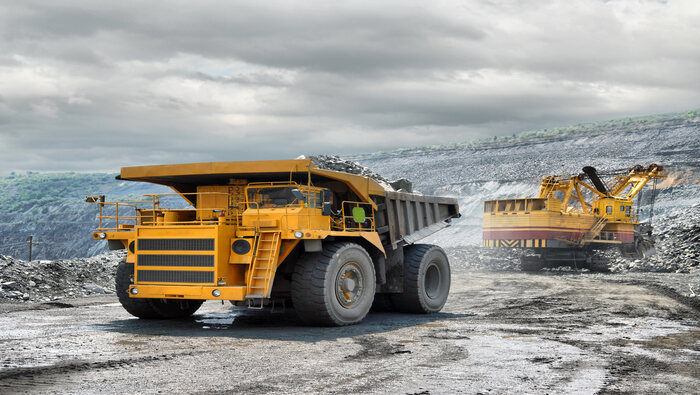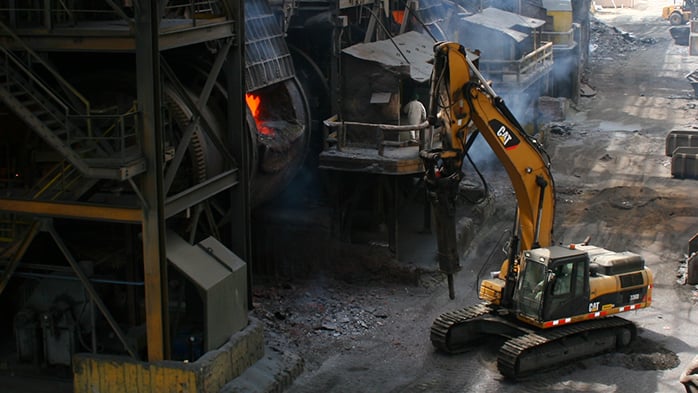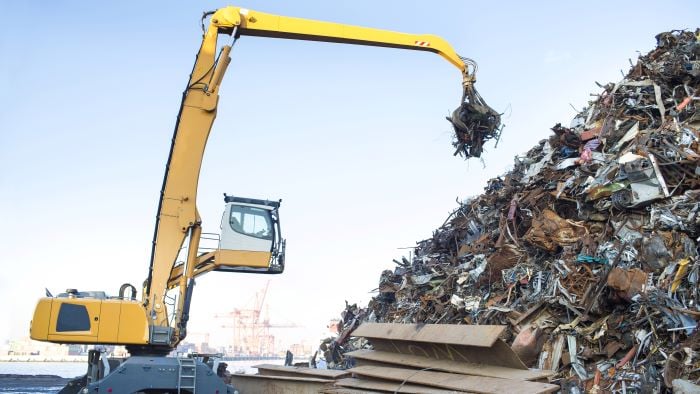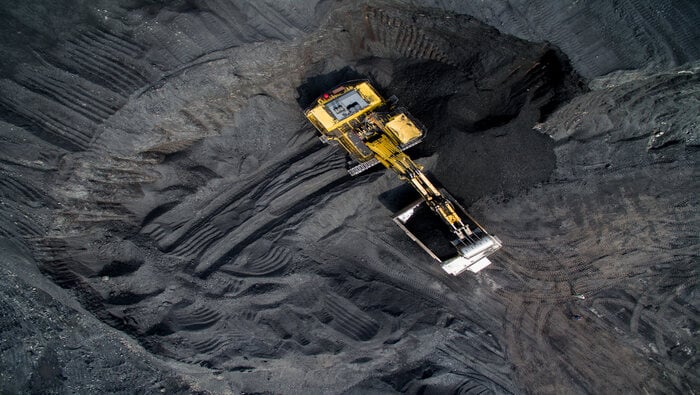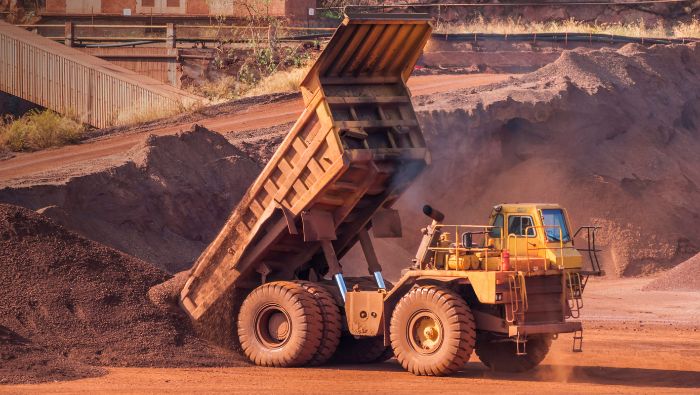India will be the single largest driver of global steel demand growth over the next 20 years. Finished steel consumption in the country grew significantly between 2010 and 2015, rising from 63 Mt to over 80 Mt, and CRU forecasts that consumption will surpass 100 Mt by 2021 and grow to near 280 Mt by 2035.
The government has publicly targeted to add 300 Mt of steel capacity by 2025 and to fuel extensive growth primarily in the construction industry, as a boom in floor space and infrastructure required to support an increasingly urban society takes hold.
As a result of rapidly growing steel demand, raw material procurement will change, as blast furnaces (BF) adapt both in terms of scale and technology to remain competitive. This insight assesses how the evolution of the blast furnace population and auxiliary technologies will affect met. coke requirements and long-term met. coal demand trends, as India booms.The table below shows the size of BFs coming online in India in the next 10 years and indicates that all currently planned capacity to 2026 will be in the 3,000-4,000+ m3 working volume range.
Larger blast furnaces require stronger coke
Following extensive research by our analysts in Mumbai, we have mapped expected long-term blast furnace (BF) trends in India, assessing commissioning dates and capacity, as well as refit schedules for individual furnaces in India.
Our view is that increases in steel demand will drive Indian steel production to higher efficiencies and this will lead to a change in the BF size profile and productivities, both of which will impact the demand for higher quality coke and thus more hard coking coal. Thus, India has traditionally had an abundance of small-sized BFs, as demonstrated by the graph below. Small BFs are typically less well-invested, less efficient and less environmentally friendly. As such, we believe they will be gradually phased out as they reach the end of their functional lives to be replaced by larger, more efficient BFs in the 3,000-4,000+ m3 working volume range.
Increasing the size of the furnace will increase the weight of the burden and higher loads will be exerted on the bottom of the burden. Under these conditions, the key to productivity is the structure of the burden, which needs to be sufficiently strong to encourage increased and more evenly distributed gas flow, allowing more efficient reduction. In addition, better operating performances can allow lower slag volumes meaning less energy and, therefore, coke is required for melting. Poor quality, low CSR coke breaks down in the BF if subjected to excessive loads and disintegrates, reducing the permeability of the burden, and so coke quality becomes more important as BF size increases. Therefore, based on our analysis of BF operations elsewhere in the world and in line with the positive relationship between coke CSR and furnace size, we forecast that higher CSR coke will be required in Indian BFs in the medium- and long-term.
The graph below sets out our long-term BF profile forecast for India and overlays the average coke CSR requirement to support the furnace population in each year. This indicates that the average CSR requirement is forecast to rise from 65 in 2016, to 68-69, by 2040.
Thus, the increasing size of BFs in India will increase the demand for high CSR coke, which implies that Indian steelmakers will require a larger proportion of higher quality coking coal in the blend. However, there are other technological factors that need to be considered when assessing the composition of long-term Indian met. coal consumption. These factors are addressed in the following section.
The impact of technologies on met. coal demand
Stamp-charging
Stamp charging is a variation of conventional coke making wherein, at the pre-carbonisation stage, mechanical forces are used to reduce the air component between the coal particles in a fixed form - the stamping box. In comparison to top-charging, stamp-charging can increase the charge density by 37%. However due to increased heating times necessary for full carbonisation, the total increase in productivity of stamp charged coke is 10-15%.
CRU estimates that a coke maker employing stamp-charging is able to maintain CSR levels using 15-20% less hard coking coal (HCC) in the blend. This ability to produce higher CSR coke with lower quality coal means that the overall operating cost for stamp-charged coke is lower than for top-charged coke. Thus, in countries such as India, where poor quality coking coals predominate, our analysis suggests that the implementation of stamp charging could improve coke CSR by 10% or more and the hard coking coal requirement could be reduced by as much as 15 percentage points.
Our primary research into coke making in India shows that ~32% of coke production in India uses stamp-charging. Indian HCC supply will not rise significantly in the long-term due to the lack of domestic reserves; therefore, we expect Indian steelmakers will increasingly use stamp-charging to minimise their HCC requirements. We anticipate that all new coke capacity will incorporate stamp-charging and our forecasts assume that, by 2040, 85% of producers will apply this method.
Non-recovery coke ovens
Coke ovens are categorised as 'recovery' or 'non-recovery'. Simply put, recovery coke ovens recover the by-products generated during the coking process and non-recovery ovens do not. By-products include substances such as tar, sulphur, coke oven gas, crude benzol and ammonium sulphate, which can be sold into other industries.
Non-recovery, or heat recovery, ovens combust the by-products directly in situ and the waste heat can be recovered. This method provides more flexibility for coal selection and variable blends than conventional slot ovens. Furthermore, they forgo the added complexity and cost that comes from the handling, processing and operation of a by-product recovery plant (capex. required for building the recovery circuit and opex. due to additional skilled labour and maintenance required). However, to fully benefit from the heat contained in the waste gases from a non-recovery oven, it is necessary to build steam boilers and electricity generating set with their own attached capex. and opex. expense.
The flexibility associated with non-recovery coking means that the technology can make use of poor quality coal. Typically, non-recovery operations can apply cheaper, low quality coals to reliably produce a mid-CSR product but, through extended heating times or through the use of better coal, are also able to produce a higher CSR coke product. These options are, however, more costly and extending heating times lowers the productivity of the operation. Non- recovery operations, however, have the capability to channel the hot waste gases and use them to drive electricity generating equipment; the resulting electricity generated can then be sold into the national grid. In India, energy costs are high due to the lack of natural gas, imported coal and a reliance on heavy fuel oils for electricity generation. However, long-term, we expect that non-recovery coke ovens will gradually close, as they become uncompetitive - as discussed above, there will be an increased requirement for high-CSR coke, while their inability to profit from bonus by-product credits mean that they operate at a disadvantage to integrated plants operating recovery ovens.
PCI injection
As discussed above structure is essential in the BF burden and with higher CSR coke being used as furnace size increases, this will allow for the great utilisation of PCI. The average PCI rate in India is very low, but it is likely that all new BF capacity installed in the country will utilise PCI technology in order to minimise operating costs. We forecast that the average Indian PCI injection rate to rise from under 100 kg/thm in 2016 to 145 kg/thm by 2035, as all new BF capacity is built with PCI technology and operating furnaces push injection rates towards technical limits. As a result, Indian PCI demand is forecast to rise at a CAGR of 8.9% between the period 2016-2035 to reach 30 Mt.
Conclusion
India is 20 years behind China in terms of steel intensity and ~23% less urbanised than China. In Indian cities, residents live with less than a third the floor space per capita available to the average Chinese resident. As a result, India will be the single largest driver of steel demand in the long-term.
Indian hot metal production is forecast to rise at a CAGR of 6.6% between the period 2016 to 2035 to reach 207 Mt, while the average blast furnace working volume is forecast to increase from the current 2,000-3,000 m3 to 3,000-4,000 m3 in the long-term.
The significant expansion of Indian steel production and evolution of the BF population will affect the types of met. coal used by Indian steelmakers. Indeed, the increasing size of BFs in India will increase the demand for high CSR coke, which implies that steelmakers will require a larger proportion of hard coking coal in the blend. Given our assumptions around the average furnace size, the use of stamp charging and prevalence of non-recovery coke ovens, CRU forecasts the average ratio of hard coking coal to semi-soft coking coal in the coking coal blend will increase from 65:35 in 2016 to 84:16 by 2035. Furthermore, the average PCI injection rate is forecast to increase from the current rate of under 100 kg/thm to reach 145 kg/thm by 2035. As a result, Indian PCI demand is forecast to rise at a CAGR of 8.9% between the period 2016-2035 to reach 30 Mt.







